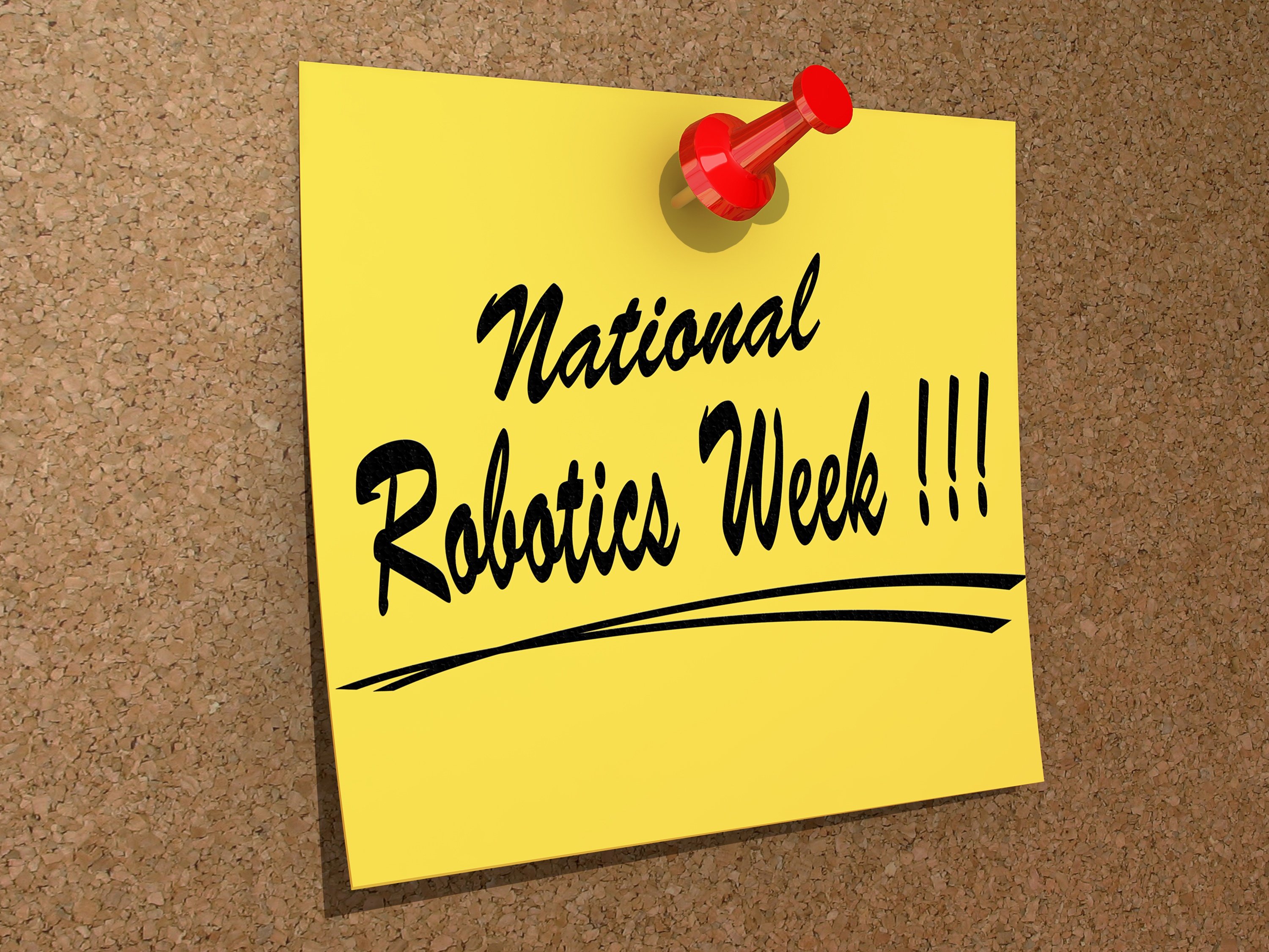The ninth annual National Robotics Week concludes this Sunday, April 15th. For the past decade, this celebration has incorporated over 300 events across all 50 states, and has provided the next generation of American innovators with hands-on experience with STEM (science, technology, engineering, and math). Every year, these events help inspire thousands of kids to pursue careers involving the technologies that will shape a global future.
National Robotics Week always illustrates the amazing potential of younger generations, but with the rapid advancement of robotics and AI, this year’s celebration provided some powerful insight into the nature of how jobs are evolving and what work may look like in the future.
The Job Market Is Evolving
The United States is approaching what economists call “full employment” - when unemployment rates fall to their lowest possible level without causing inflation. Full employment is a great place to be, but it does introduce some unfamiliar complexities to the job market. Because employees have more options across industries, many employers are now facing labor shortages, particularly in skilled labor.
Across the nation, major employment sectors like construction, retail, healthcare, and trucking are struggling to fill open roles with qualified candidates. These sectors were once the hallmark of the US economy and offered highly desirable jobs, so the dearth of workers is surprising. There are similar labor shortages globally that are resulting in slower economic development and growth.
Younger Generations Are Driving This Evolution
The culture of work, itself, has been changing as more and more members of the Millennial and Z generations enter the workforce. Millennials and Gen Z’ers are the most educated generations to date and are starting their careers with a radically different set of expectations than their predecessors.
Today, younger workers look for jobs that provide opportunities to learn, grow, and advance, placing a much higher value on the quality of their bosses and the work-life balance of their job over more traditional motivators like base salary. Most notably, the younger generations want jobs that provide the chance to be creative and lead.
The Need for a Robotic Workforce Is Growing
As a result of how Millennials and Gen Z’ers are changing the job market, many well-established industries are now facing a significant strain in recruiting; most notably, the retail and consumer-products space. Because newer workers are more motivated by purpose over paycheck, even the biggest global brands can’t simply throw money at recruits, particularly if they are trying to control costs and maintain profitability levels.
To solve this problem, many countries like the US and Japan are turning to robots to fill jobs when the labor supply falls short - simply put: robots do the jobs that the newer generations don’t want to. For example, the last decade has seen a growing shortage of US truck drivers and would need to find and hire over 900,000 new drivers to meet increasing demand - a goal that seems increasingly unachievable given how younger workers approach their careers. This is why technology companies like Uber are heavily investing in self-driving vehicles, a concept that may prove critical in transporting the almost 50 million tons of freight trucked across the country each year. With the current job climate, robots don’t represent a replacement risk for workers; instead, they are critical to solving a looming labor shortage for impacted sectors.
Robots In the Workforce Create Better Jobs
The most educated generation in history is aging into a job market that desperately needs them: there are 12 STEM job openings for every one qualified candidate. As robots slowly begin to fill the jobs this generation is abandoning, the kinds of roles younger workers desire are actually being created.
In the restaurant industry, robots are taking over less-desirable tasks like washing dishes and cleaning floors, paving the way for employees to develop more technical skills around robot maintenance and fleet management. In construction, another industry facing a significant labor shortage, robots have filled the gap in roles like welding, and, not coincidentally, construction companies are recruiting for new types of management positions that specifically oversee this cutting edge hardware.
A Human/Robotic Symbiosis
One of the hallmark characteristics of the American culture is that every generation has aspired to greater things than its predecessors; it’s an ambition that has driven remarkable innovation and growth over the past two centuries. Today, the youngest generations are aspiring to enjoy a balanced life, careers with purpose, and the chance to lead in the workplace. As the expectations and demands of employees evolve, the nature of work, itself, must change and adapt. If industry moves too slowly, it’s likely the labor shortages we are already experiencing will only worsen as older generations retire out of the workforce.
Robots provide an effective, scalable solution to manage this evolution - robots do the work that people no longer want to, while creating the types of careers they desire. In this sense, as the next generation of innovators enter careers in STEM, and as STEM skill sets become more common across all jobs, humans and robots can achieve a symbiosis that provide both with the purpose they are searching for.







